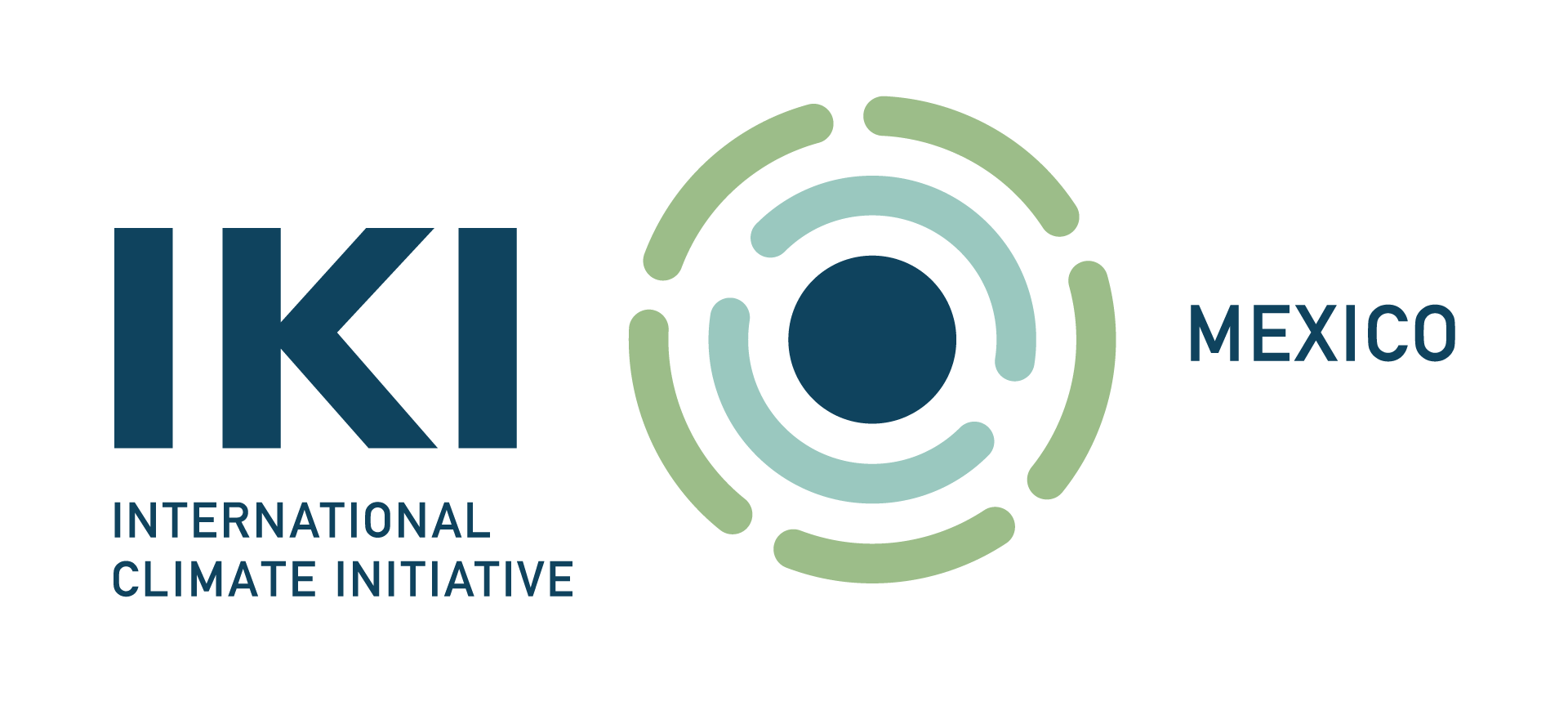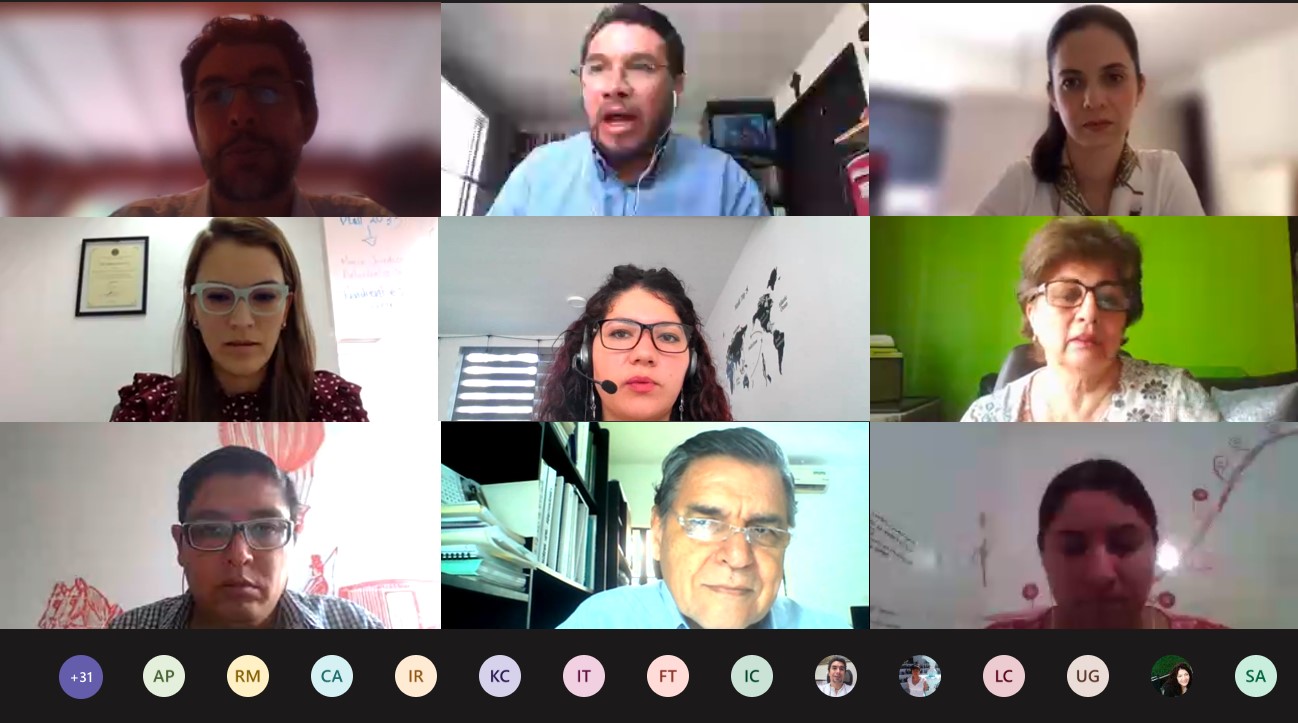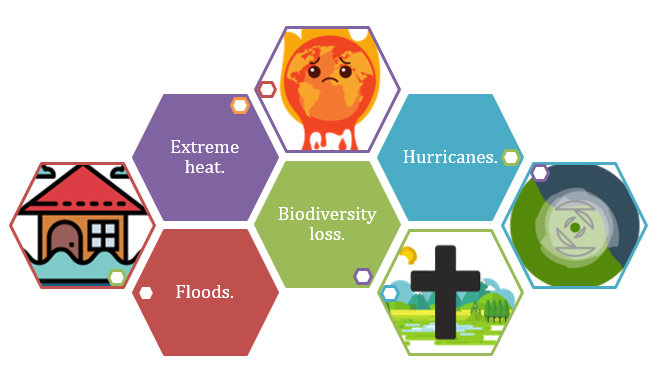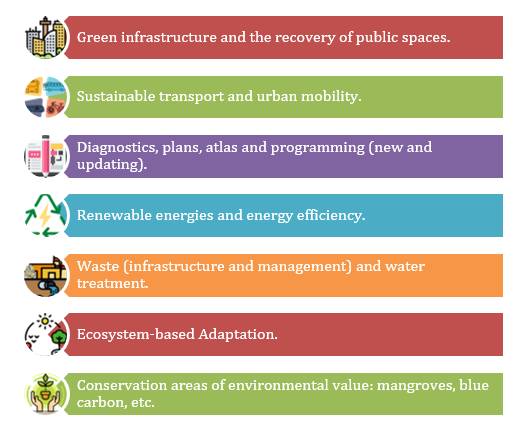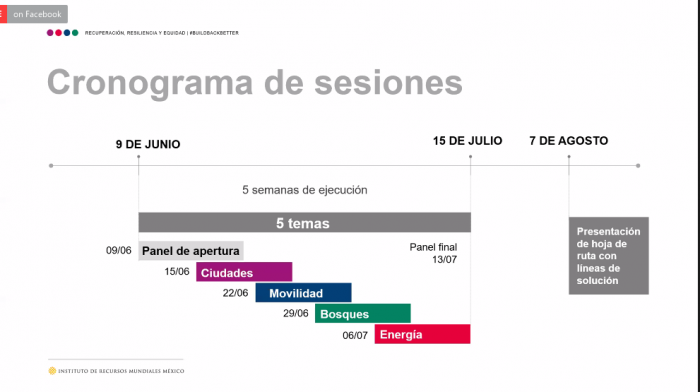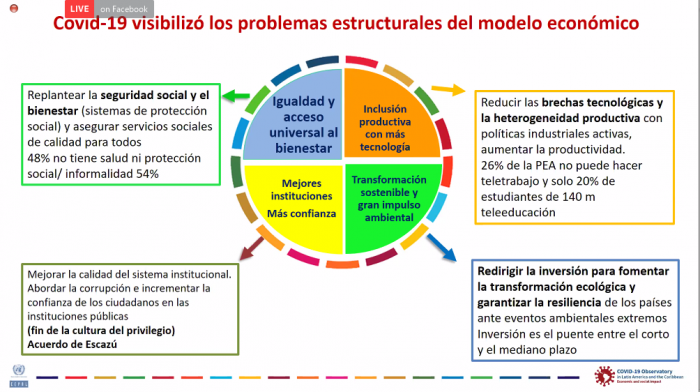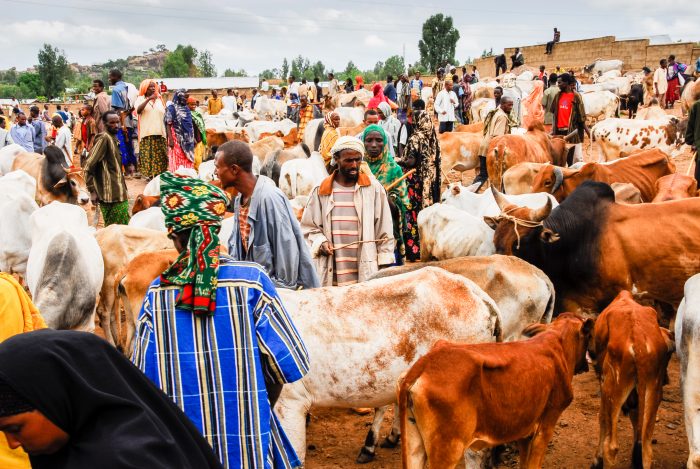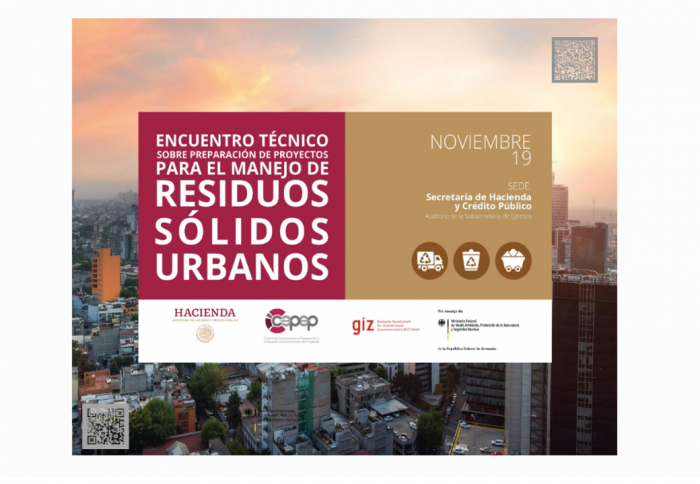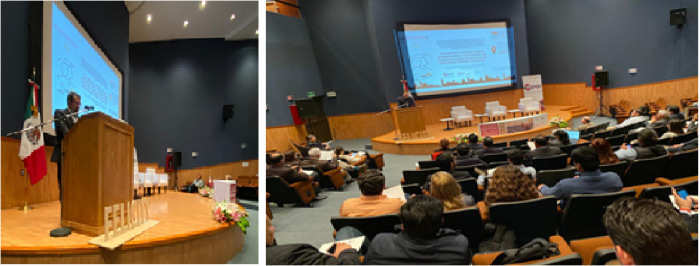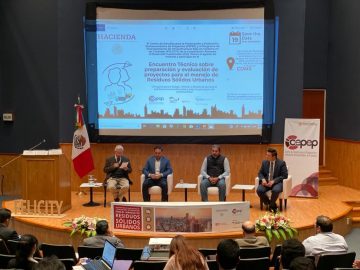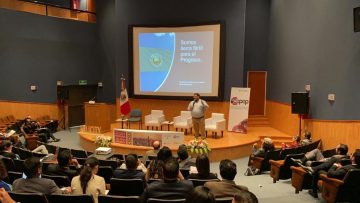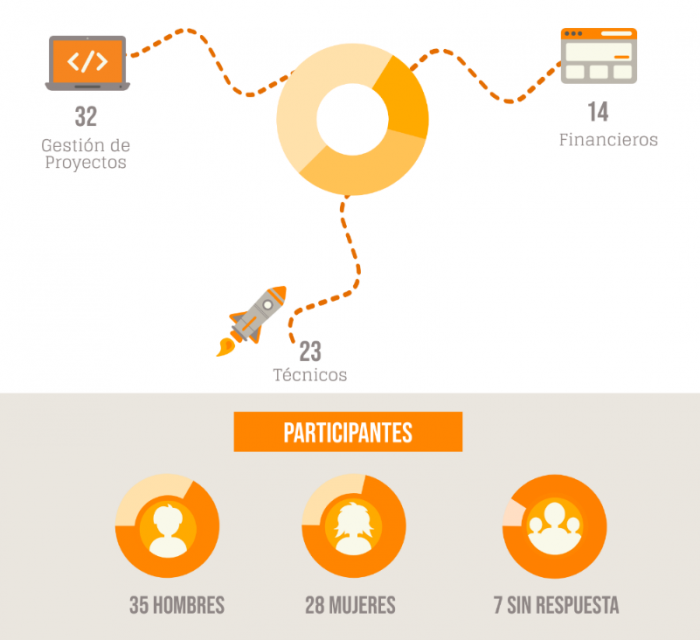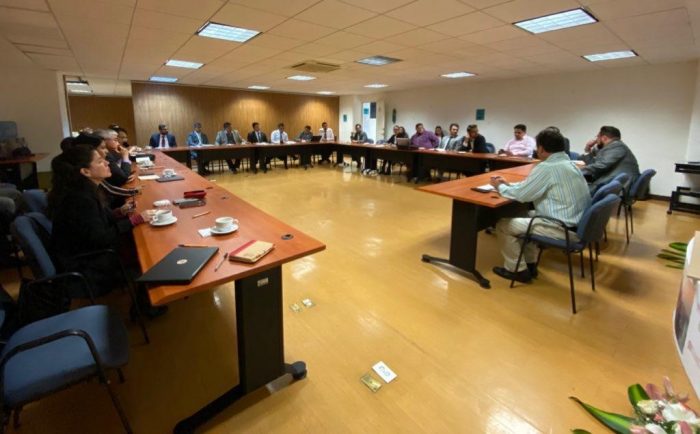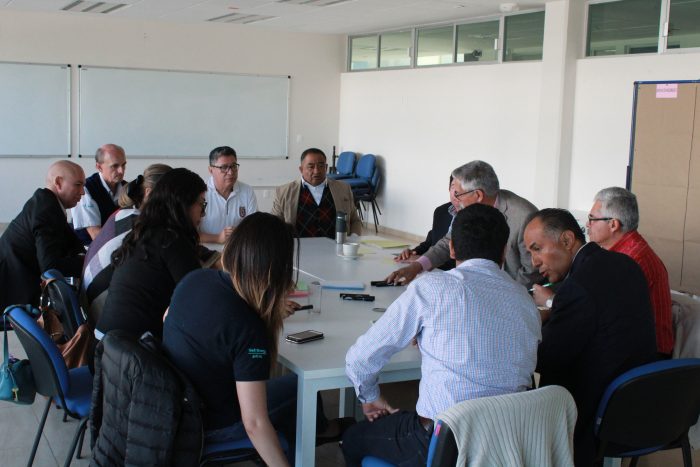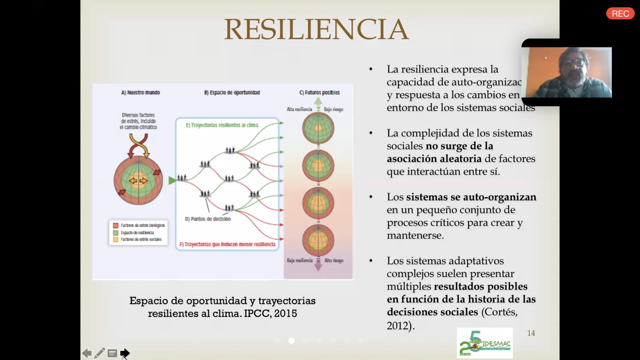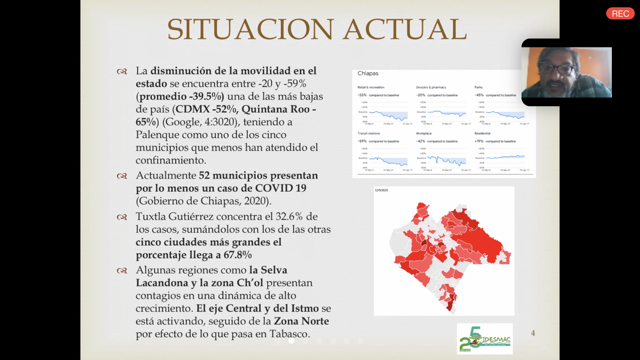The Taxonomy is a frame of reference (with criteria and indicators) that enables the classification, organization, and evaluation of various sub-branches and economic activities according to their contribution to the country’s climate change and/or sustainability objectives – in other words, classification of what is green and what is not. The Reporting Framework is the mechanism that accompanies the taxonomy to include the elements of sustainability in the operation of a bank and, with it, monitor investment flows and report results.
The Mexican-German Climate Change Alliance of the Deutsche Gesellschaft für Internationale Zusammenarbeit (GIZ) GmbH, and the Mexican Banking Association (ABM) have promoted the development of a methodology for the taxonomy of green finance and a reporting framework for Mexican banks through the project “Design and Management of a Reporting Framework for Green Financing in Commercial Banks in Mexico“.
The beginning of the project consisted of a revision of existing experiences: on the one hand, international ones, to understand the best practices; and on the other hand, national ones, to assimilate local needs and capacities. By referring to the main international initiatives, such as the taxonomies of China, the European Union, and the Climate Bonds Initiative, we also sought to understand their methodologies to harmonize the development of this project, to be part of a system of world taxonomies that can provide the investor with certainty.

International Initiatives
In 2012, China pioneered the development of a green financial system by standardizing a series of policies, institutional arrangements, and regulations to direct private funds towards the green industry. The country’s regulators designed two taxonomies: credits (2013) and green bonds (2015). Both taxonomies are mandatory, have the objective of building a comprehensive green financial system, and direct the allocation of resources mainly to projects that reduce emissions, prevent pollution, and save energy.
In 2018, after the publication of the European Union Action Plan on Sustainable Finance, the technical report of the Taxonomy of Sustainable Finance was prepared, published in March 2020.
It consists of a methodological framework that can provide Technical Evaluation Criteria that define the level of environmental sustainability of economic sectors and activities. These criteria were developed for more than 70 activities contributing to the fulfillment of objectives of mitigation and adaptation to climate change. The European Union has six environmental objectives that must be met and the projects that are financed –to obtain the “green” label– must try not to do “significant damage” to any of them during their life cycle.
This taxonomy was designed to be used both by the European Union member states and by financial market participants that offer products labeled as “sustainable financing or investments” since it is useful for various financial instruments. Due to its complexity, scope, legitimacy before financial regulators, transparency, and alignment with science, it is considered the world benchmark.
Climate Bonds Initiative (CBI)
Its taxonomy is intended to guide issuers and investors of green and climate bonds; developed in 2013, and regularly updated based on science, the emergence of new technologies and CBI standards. It is a benchmark for governments and regulators interested in ensuring the green integrity of new financial products.
Mexican Experiences
The Mexican financial system does not yet have a green financing taxonomy; however, there are several initiatives for a green finance development framework that position the country at the Latin American forefront in this area.
- Banking Sustainability Protocol (2016). Promoted by the ABM to participate in the transition of the Mexican economy towards a competitive economy with low carbon emissions. It currently has 26 adherent institutions.
- Green Finance Advisory Council (2016). Forum for exchanging experiences and generating proposals for the financial system to advance the green finance agenda.
- First proposal for a climate finance reporting framework for commercial banks (Internal ABM-GIZ project, 2017). Seminal project of the current one with a framework for measurement, reporting and verification of climatic financial flows in commercial banking.
- Methodology for evaluating the impact of Adaptation and Mitigation of Climate Change (SHCP-SEMARNAT, 2019). It aims to guide the analysis of public financing, integrating criteria, definitions, and indicators to link and identify the contribution of the Federal Government to the fulfillment of the Mexican commitments and objectives in the area of climate change.
- FIRA Methodology for the First Green Bond in Agriculture (2019). Methodology to certify the first Mexican green bond in agriculture and identify green investments that facilitate the transformation of the production of certain open field crops towards one under the protected agriculture system.
- Financing and certification of environmental infrastructure through the North American Development Bank (NADB). More than 250 certified and financed environmental infrastructure projects in the US-Mexico border region.
Best Banking Practices
Additionally, five commercial banks with operations in Mexico –representing 69% of total bank assets– have been pinpointed for their sustainability strategy; four of them contemplate a green financing goal along with its identification methodology. Sectors of interest: clean energy, energy efficiency, green buildings, clean or sustainable transport, and clean technology.
Conclusions
The review of the context for the development of green finance, as well as the best national and international practices in its reporting, have allowed us to understand that a Mexican taxonomic system requires three elements:
- Harmonization with best international practices: certainty for investors in search of opportunities in green assets must be supported by the comparability of taxonomic systems. They do not need to be the same, but they do need to be harmonized with comparable methodologies.
- Engagement in the reality of the Mexican economy and ecosystems, as well as the specific capacities of financial institutions. By adapting to different realities, taxonomies may have a different focus and development, while maintaining their comparability. For this, transparency in the process of generating the Technical Evaluation Criteria is essential.
- Framing the green finance taxonomic system within existing initiatives. This system must take advantage of initiatives that have credibility, legitimacy, and dynamism. Don’t create parallel structures that are inefficient and unnecessary. This point refers not only to financial markets but to the economy as a whole.
